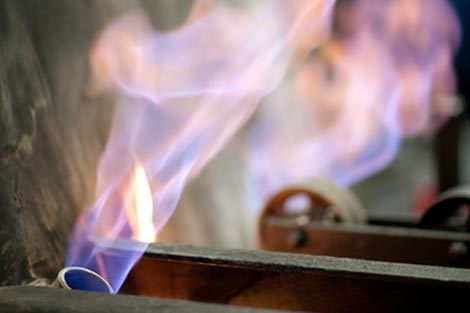Since Pacific Metallurgical was established in 1968, PMI has become the Northwest’s leading single-source supplier of specialty heat-treating
Pacific Metallurgical provides certified heat-treating of steel, aluminum, and special alloys including vacuum furnace heat-treating and heat-treating to individual specifications. At PMI, quality control, innovation, and customer service are vital elements of our mission, and we will collaborate with you to ensure proprietary concerns for your products are addressed. Please contact us for our purchase order requirements.


